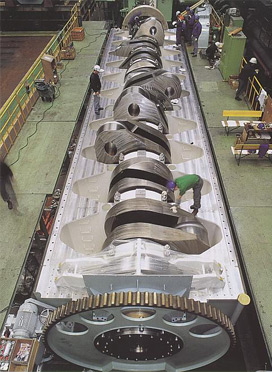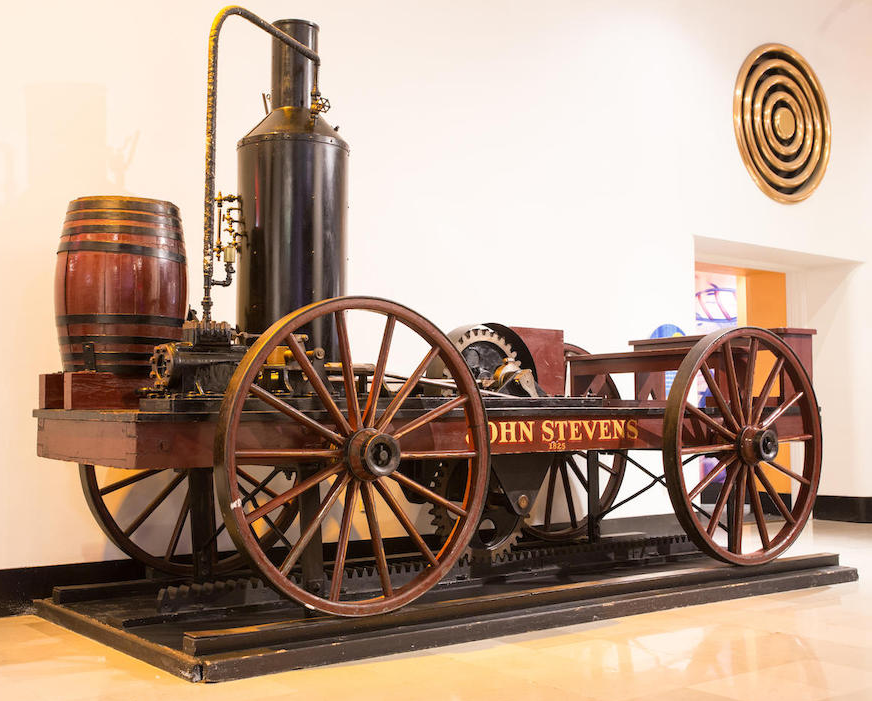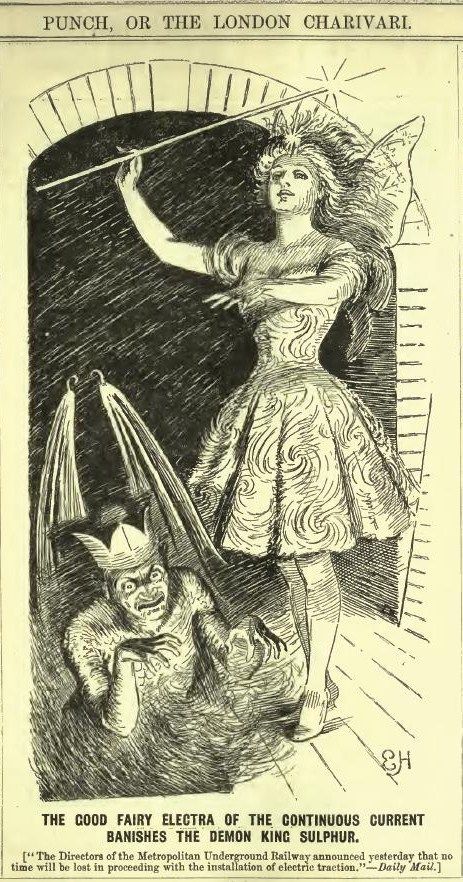You have give me something to look into why do diesels have 2 stroke on some applications as 4 stroke diesel uses compression ignition so how that works out on a 2 stroke is one to be looked into
IanHill, I often find my self find myself staggered by the technical prowess of the information provided here at ES, but this is one area where I may be of help. I was a mechanic on a submarine. It used a small nuclear reactor to boil water, which was fed to a turbine. I, however...worked on the 2-stroke diesel. Why would a "blank check" cost-no-object device embrace such a cave-mannish configuration? It was the ultimate in reliability. When you wanted it to turn-on and run (because the reactor was down), it simply turned on and ran, no excuses.
If you look at ICE engine failure modes, the most frequent is lack-of-spark. Diesels don't have a sparking mechanism, but...why a 2-stroke?
The 4-stroke diesels require an exhaust valve. Exhaust valves and aluminum pistons are the components that will deform and fail when over-heated. Although we had access to plenty of water, our engine was air-cooled, so no cooling-pump failure would affect it. Intake valves have a frequent flow of fresh air across them, so they always run much cooler than the exhaust valves. We used exhaust ports and thin steel pistons (both high-temp steel). How do you run heavy steel pistons? Low-RPMs and 10-cylinders, using 20 opposed pistons that "meet in the middle"
Mechanical constant-RPM fuel injection, and air-pressure start, plus no head gasket to fail. It was very large, but it could be broken-down like Lego's and passed through a 33-inch hatch. The initial design was perfected by Junkers Moteren (JuMo 205) before WWII. A diesel-powered airplane. Aerodynamic due to its narrow cross-section, and reliable...plus a high power-per-motor-volume due to 2-stroke.
Edit: all of the 2-stroke diesels I have seen or read about used a crank-driven supercharger ("blower"), similar to the common Roots.








